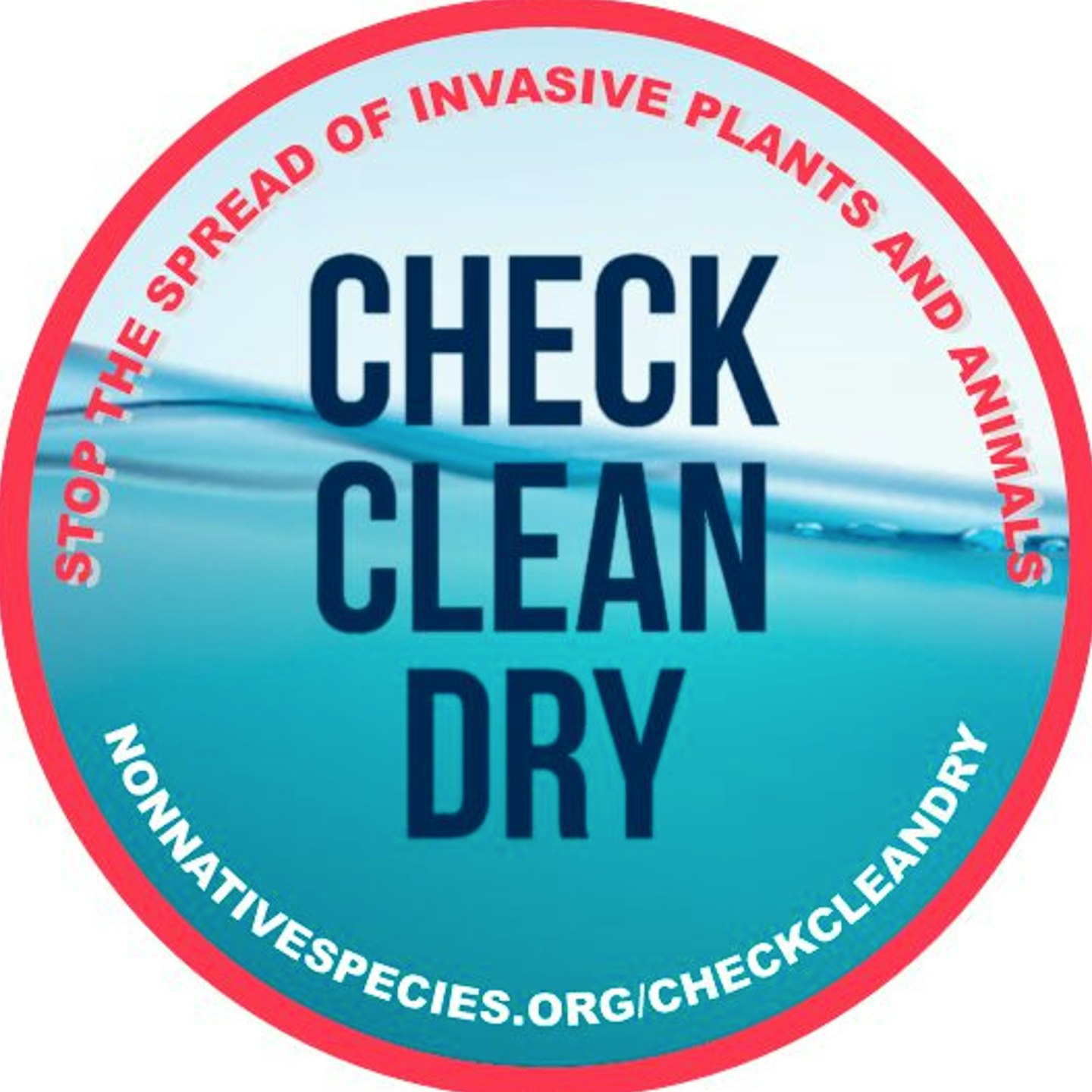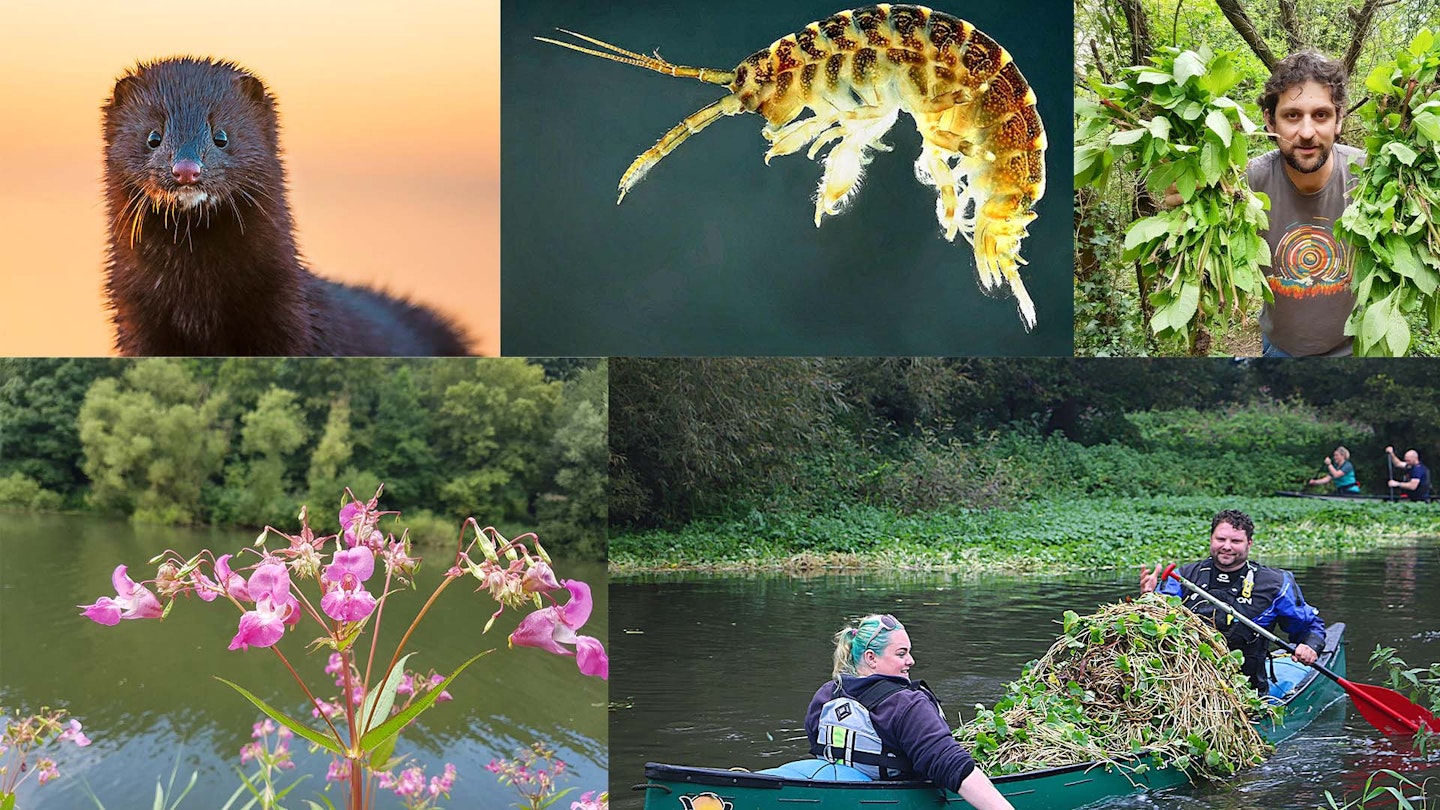From gruesome clawed invaders to plants that overrun riverbanks, invasive non-native species (INNS) are a key concern for countless fisheries.
However, fresh research and expert help funded by rod licence money are promising a welcome boost towards the control and eradication of signal crayfish, floating pennywort and many other ‘undesirables’.
“The knowledge is progressing all the time, but angler efforts on the ground are also key,” the Angling Trust’s Dr Emily Smith told us. As reported in this week’s news (p4), recent action on the River Wey alone drew an 80-strong party to fight back, with more funding and initiatives on the way to help.
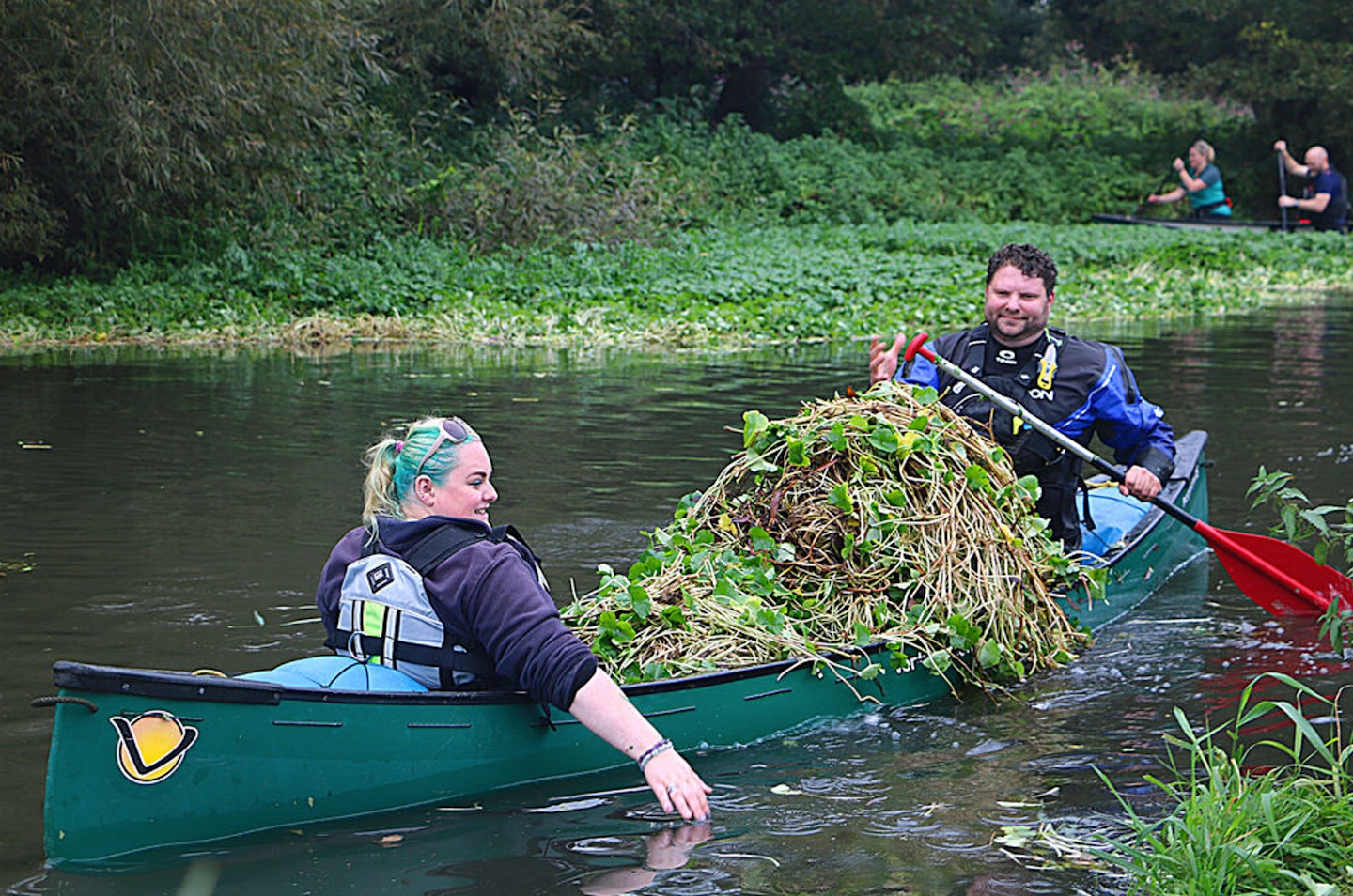
Specialist support, from lab to riverbank!
With past problems including lack of awareness and direct support, it’s hoped that new measures will help clubs and fisheries to battle alien invaders A key development to this comes in the form of specialist help, funded by rod licence sales.
The Angling Trust now has two experts on hand to assist clubs and fisheries with biosecurity and control measures. Meanwhile, it’s hoped that the additional £50,000 of budget ring-fenced under the Angling Improvement Fund will be built on further in 2022.
“We hope funding will be extended next year, but we continue to welcome enquiries from those who might be suffering from invasives,” said AIF Manager Andy Petch. However, Trust experts also stressed the need for anglers and clubs to be vigilant, requesting support where there are problems.
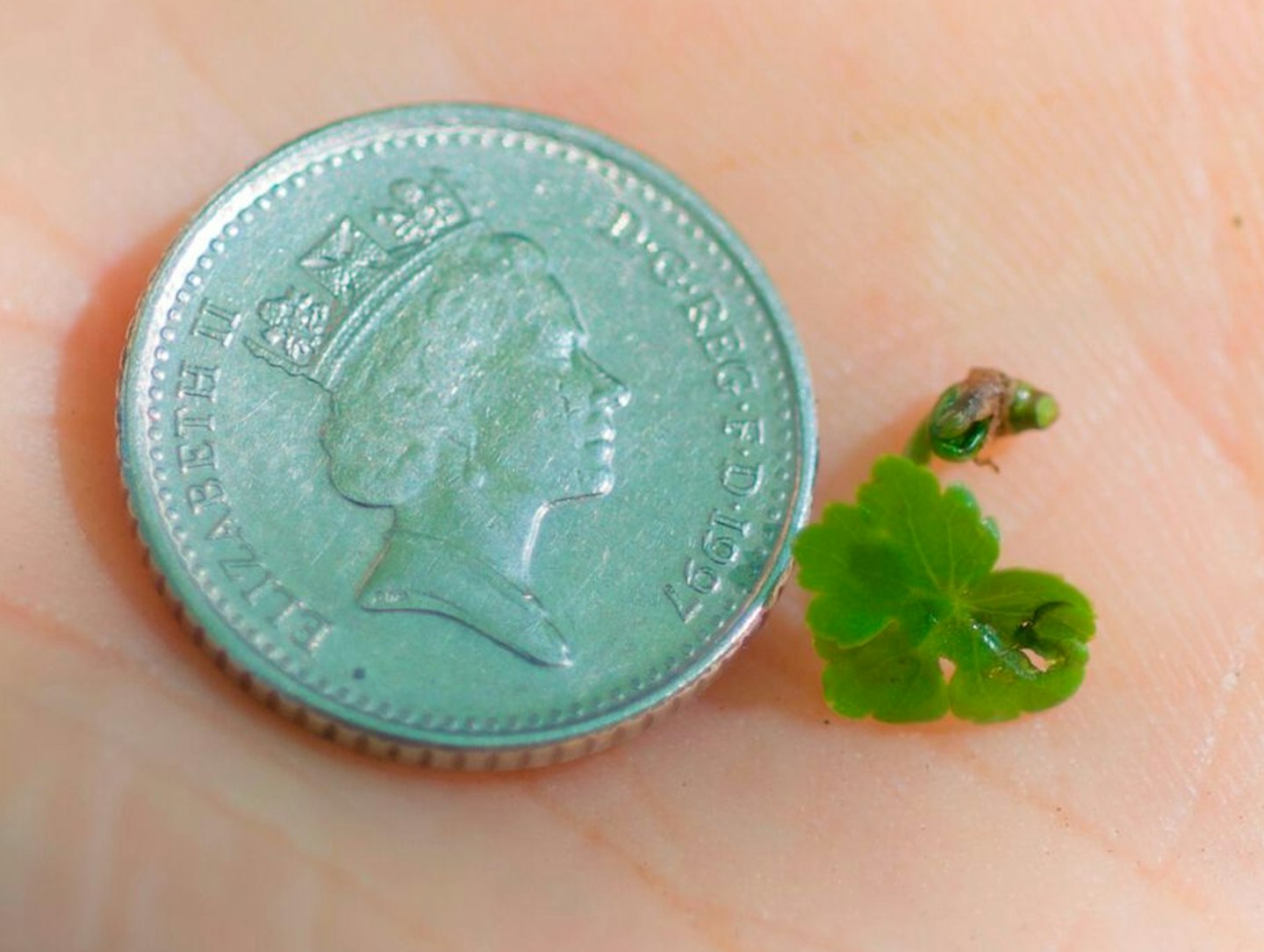
Brave new solutions to invasive threats
Besides a growing army of volunteers from angling and paddlesports alike, scientists are also working on some exciting future solutions. Trials are underway to put the first nail in the coffin for signal crayfish and floating pennywort, to name just two species under the microscope.
In addition to trials involving the castration of male crays, an even more radical approach is being looked into by experts. “Some universities are currently exploring gene editing,” Dr Smith told Angling Times. “It’s very early stages so far, and great care has to be taken, but the idea is to introduce a gene carried by the male population that makes any female offspring infertile. Over time this would result in a male-only population which would naturally die out.”
Equally promising are experiments to introduce an American weevil species that feeds exclusively on floating pennywort. After a successful start, permission has now been granted for trial sites, where experts hope that the bugs will take a big bite out of the much maligned water plant.

What to spot - and how to get rid!
There are methods to control and eradicate all of the main invasive offenders – but you MUST get armed with the right information.
Himalayan balsam
Don’t be fooled by the pretty pink flowers, this plant outcompetes native species, and destabilises banks. It’s safe to pull up yourself, but get the roots and all, and act early in the season, because by late summer it produces popping seed pods.
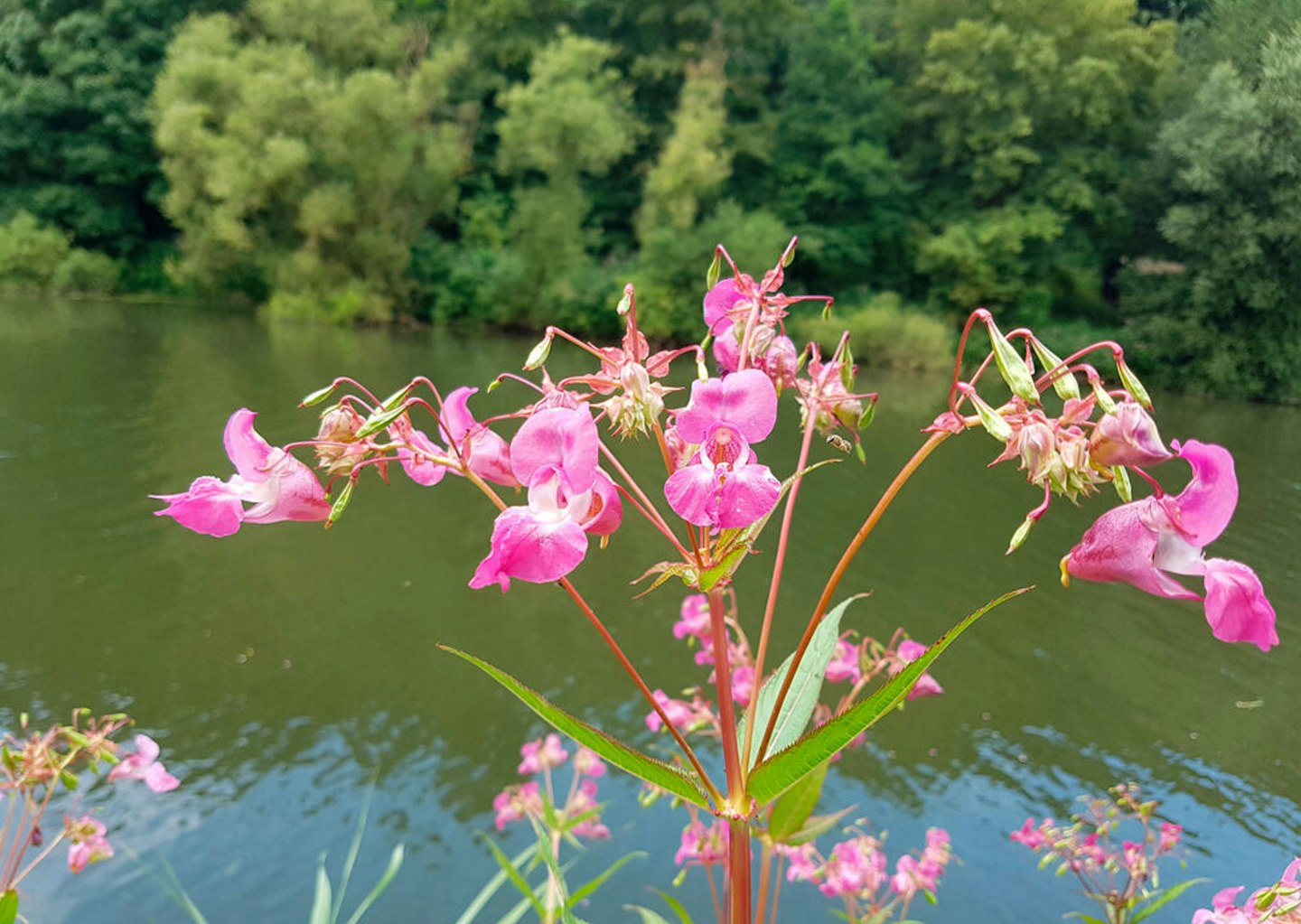
Signal crayfish
Mauling anglers’ baits is just the start of the chaos these horrors cause. Aside from undermining banks, they also predate on fish eggs. While anglers can legally stomp on crays, trapping can only be done under licence at present.
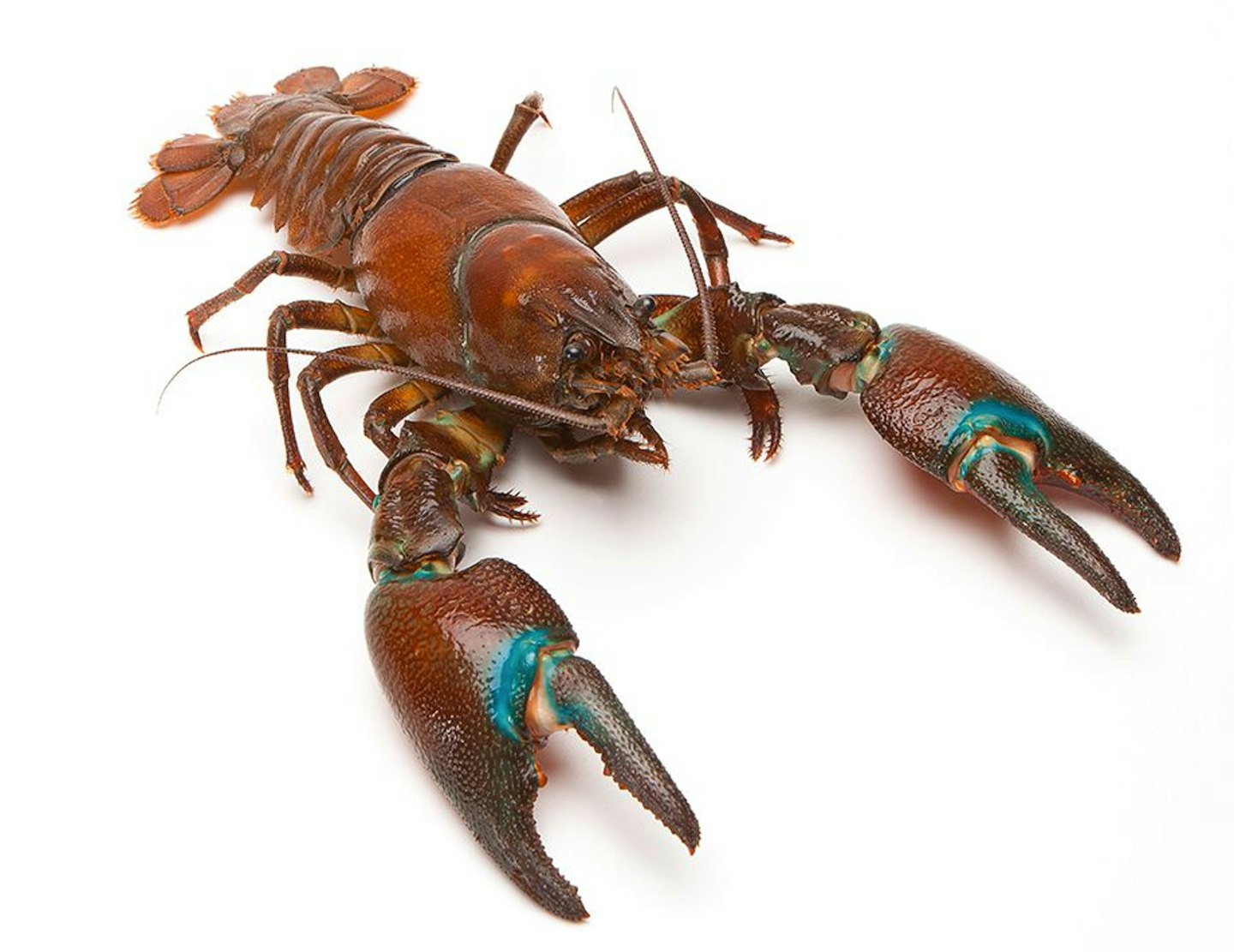
Mink
Otters have helped to reduce populations somewhat, but these nasty mammals still persist and eat both fish and native wildlife. They’re fair game for both trapping and shooting, although clubs and fishery owners need to get a licence to do so.
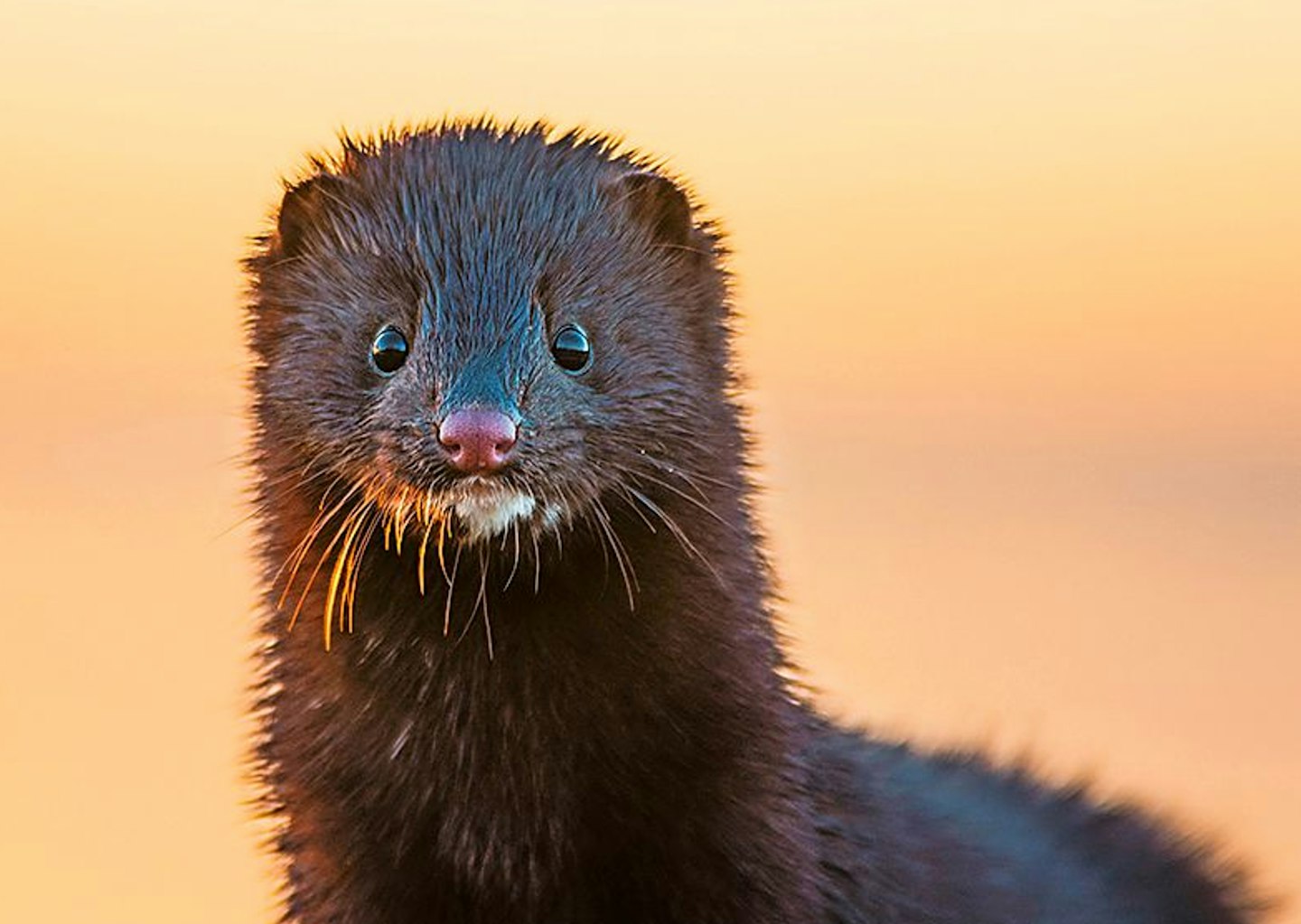
Giant hogweed
This brutal plant produces chemicals that can cause burn-like wounds on humans! Even dead plants can pose a risk, making this a species that requires expert help and protective gear to eradicate. Please don’t go it alone!
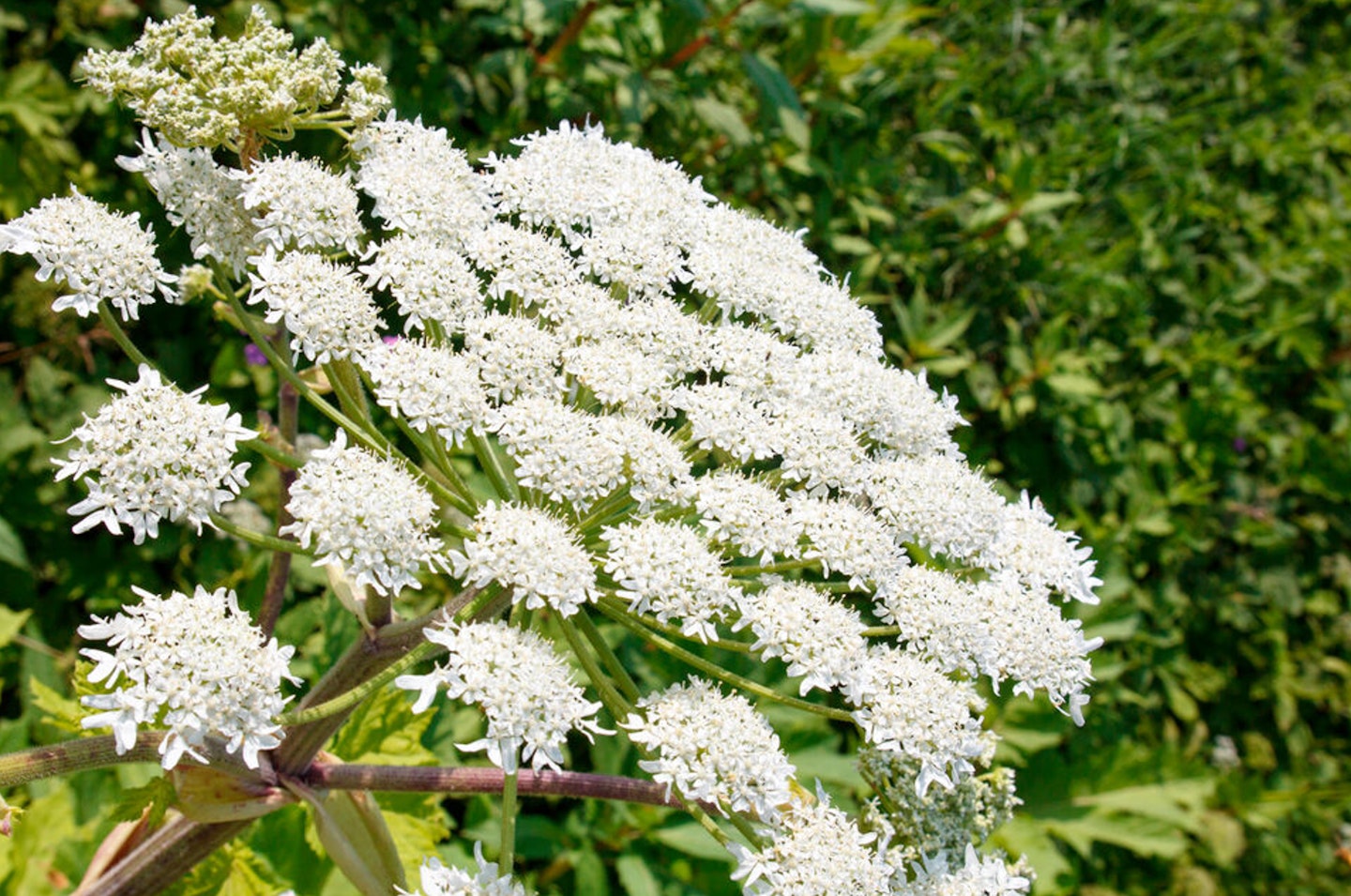
Other horrors
There’s a huge variety of other plants and animals in this category, from killer shrimp, catfish and terrapins, to Japanese knotweed and giant rhubarb. If in doubt, start by gathering evidence and getting a clear ID.
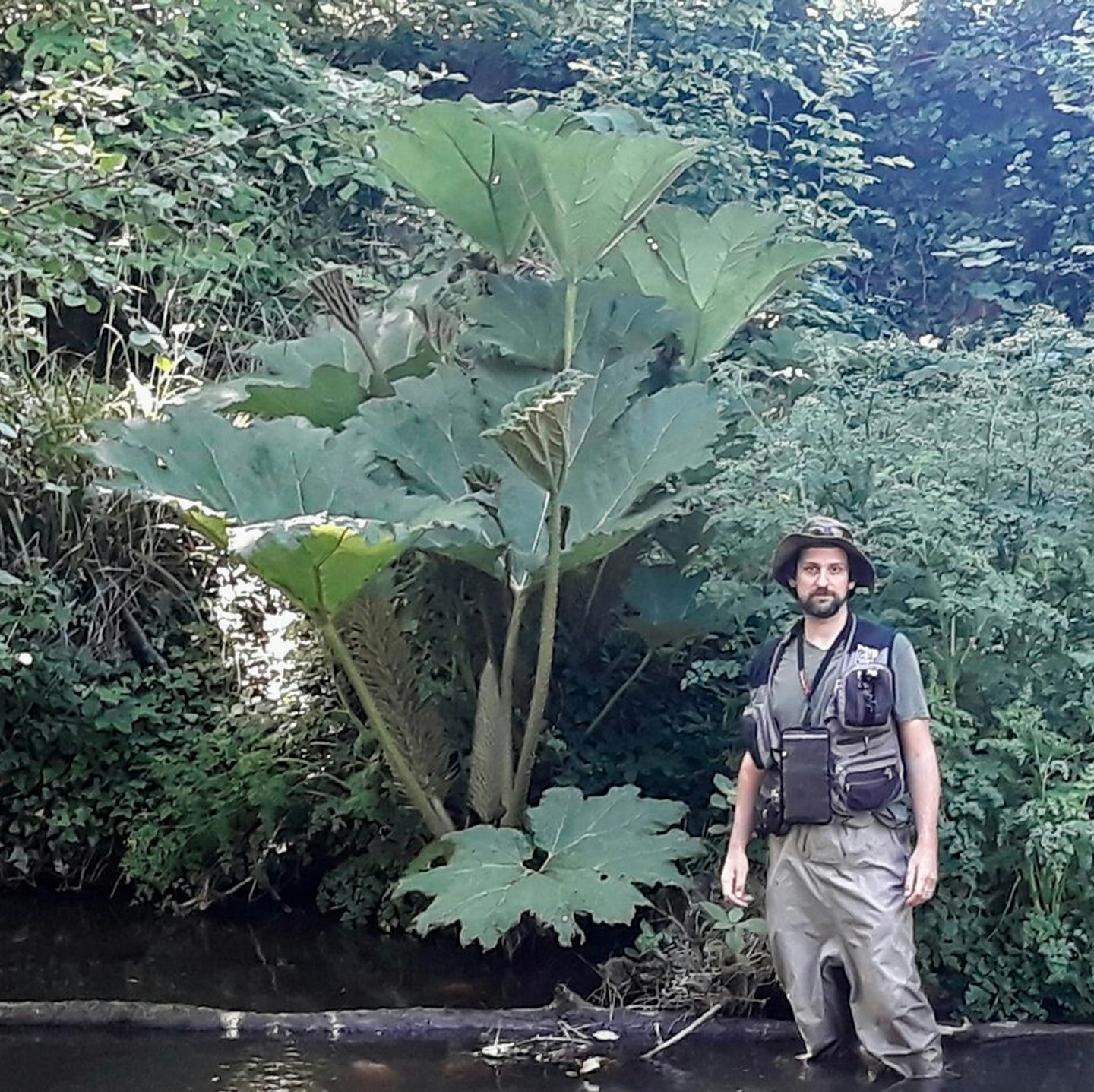
WHAT CAN ANGLERS DO?
Further info and preventative measures
The battle against invasives takes many forms, but prevention is better than cure! Too many anglers still don’t check, clean & dry their gear. All of your kit, from keepnets and stink bags to waders and wellies, should be cleaned regularly.
A single weed fragment or organism could be all it takes to spread some of nature’s ultimate wrong ’uns.
The Angling Trust now has two qualified experts to help advise and deal with problems. Drew Chadwick (andrew.chadwick@anglingtrust.net) handles the South of England, while Ian Doyle (ian.doyle@anglingtrust.net) covers the North.
